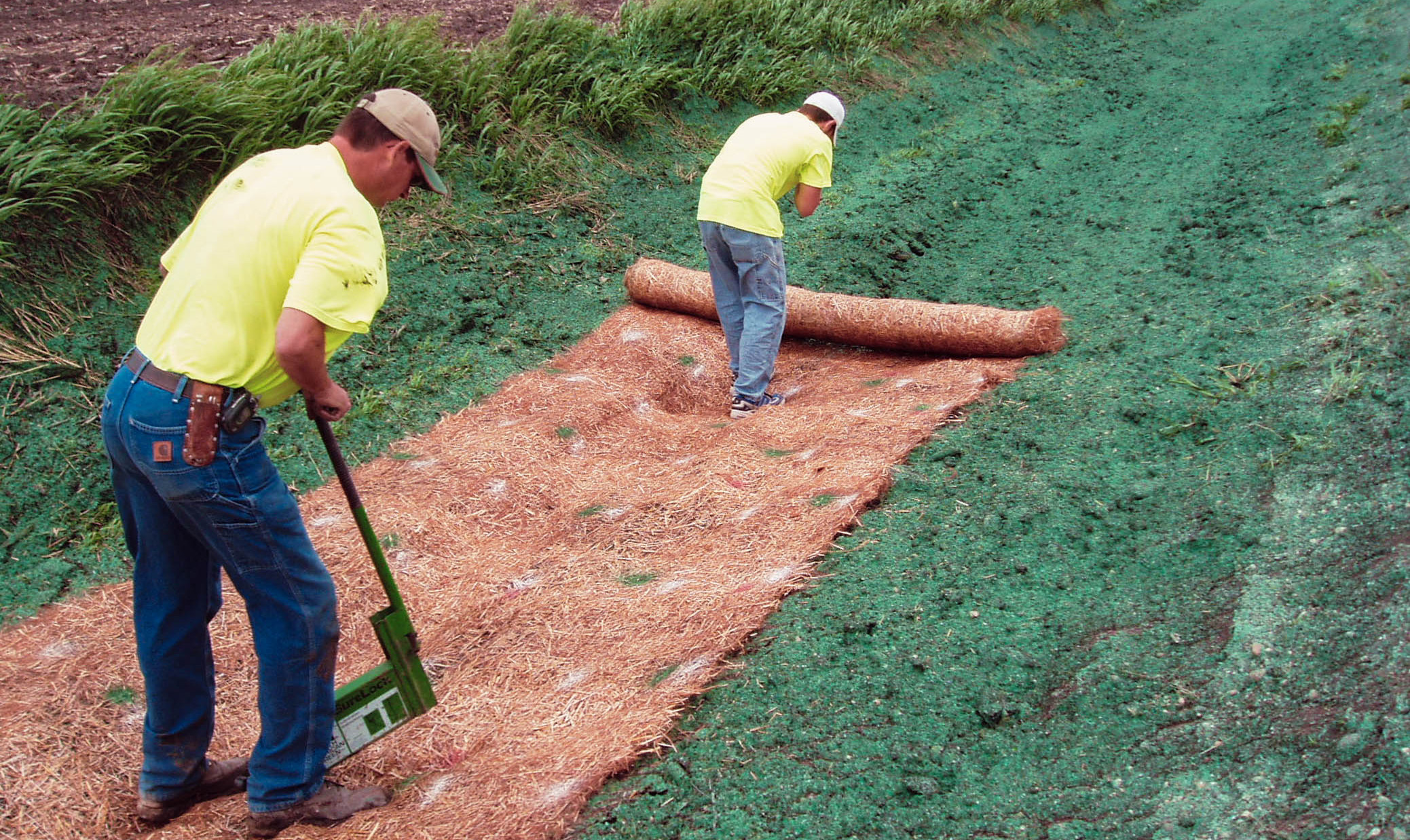Chapter 6: Erosion Control
Table of Contents

Controlling erosion protects water quality, maintains the structural integrity of the roadway, protects germinating native seed, and helps counties and cities comply with National Pollutant Discharge Elimination System (NPDES) Phase II regulations. It is among the most important goals of an integrated roadside vegetation management (IRVM) program. Permanent vegetation is the long-term solution to eliminate erosion, but short-term erosion control is necessary to protect exposed soil while vegetation matures.


